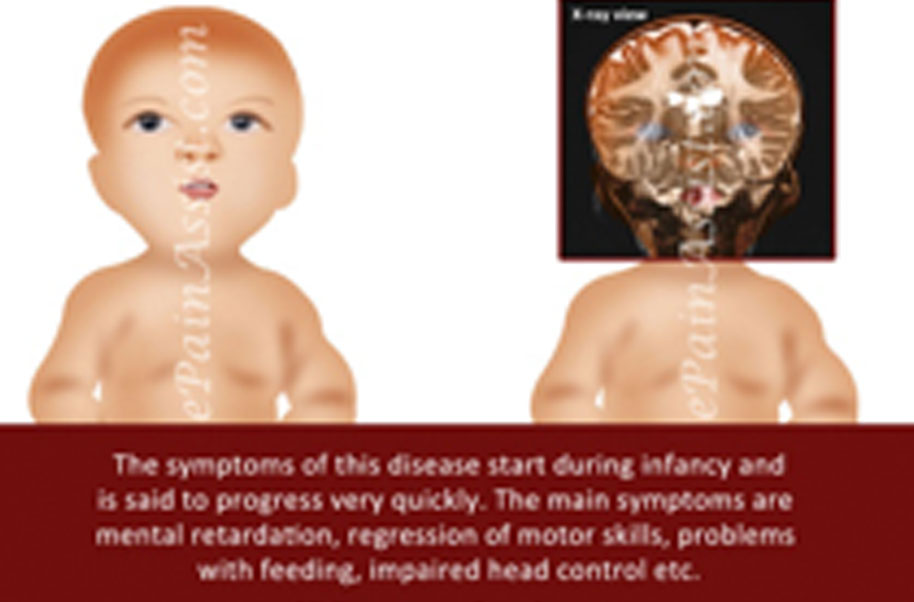Diseases
Canavan Disease (Canavan–Van Bogaert–Bertrand Disease)
Canavan disease, also called canavan–van bogaert–bertrand disease, is an autosomal recessive degenerative disorder that causes progressive damage to nerve cells in the brain, and is one of the most common degenerative cerebral diseases of infancy. It is caused by a deficiency of the enzyme aminoacylase 2, and is one of a group of genetic diseases referred to as leukodystrophies. It is characterized by degeneration of myelin in the phospholipid layer insulating the axon of a neuron and is associated with a gene located on human chromosome 17.
Symptoms of the most common (and most serious) form of canavan disease typically appear in early infancy usually between the first three to six months of age. Canavan disease then progresses rapidly from that stage, with typical cases involving intellectual disability, loss of previously acquired motor skills, feeding difficulties, abnormal muscle tone (i.e., floppiness or stiffness; hypotonia), poor head control, and megalocephaly (abnormally enlarged head). Paralysis, blindness, or seizures may also occur.
There exists a less common variant of canavan disease which is generally much less serious, and involves later onset of symptoms, which are often mild and nonspecific enough to go unrecognized as manifestations of canavan's disease.This Variant does not seem to have any effect on lifespan, and is typically limited to minor cases of speech and motor skill development delay




Chitradurga
Seebara, Behind Indian Oil Petrol Bunk, Basavakumara Swamy Mutt, Chitradurga - 577504
Kunigal
K Huraliborsandra, Gowdgere Post, Dhomratti Temple Road, Kunigal, Tumakuru District. - 572130
Bengaluru
36, KG Gollarapalya, Bolare (P), Kanakapura Road, Bengaluru - 560082

